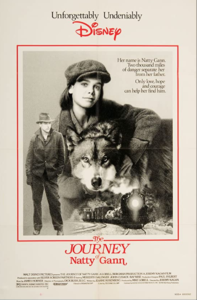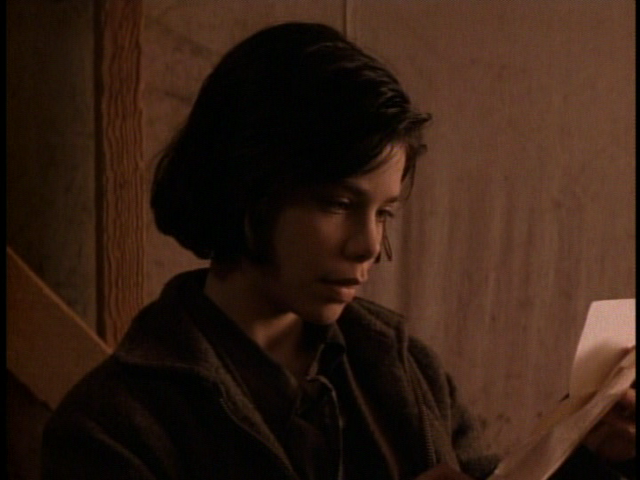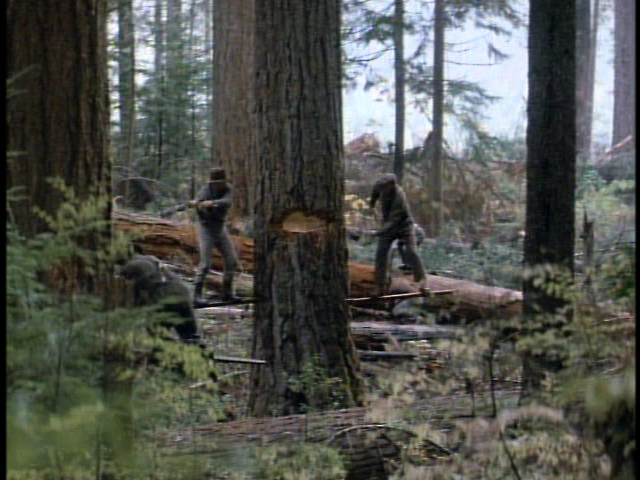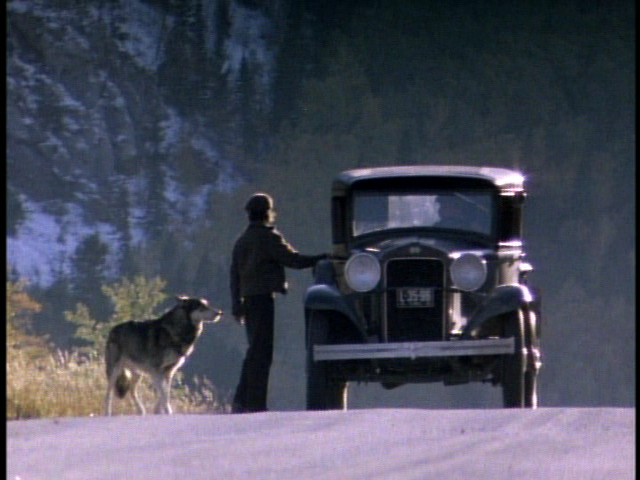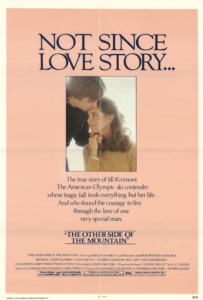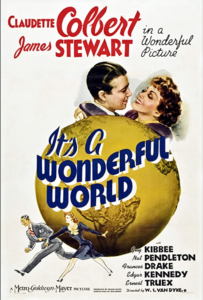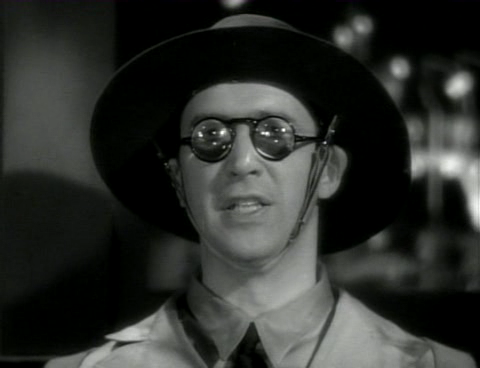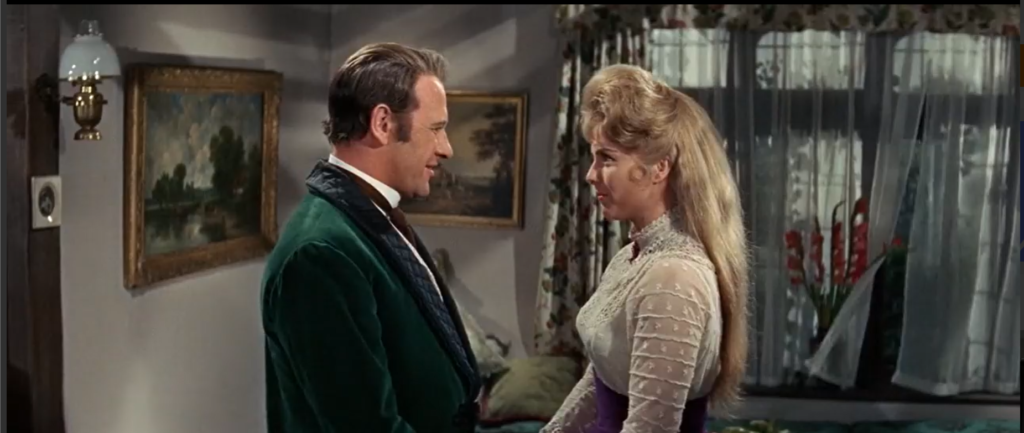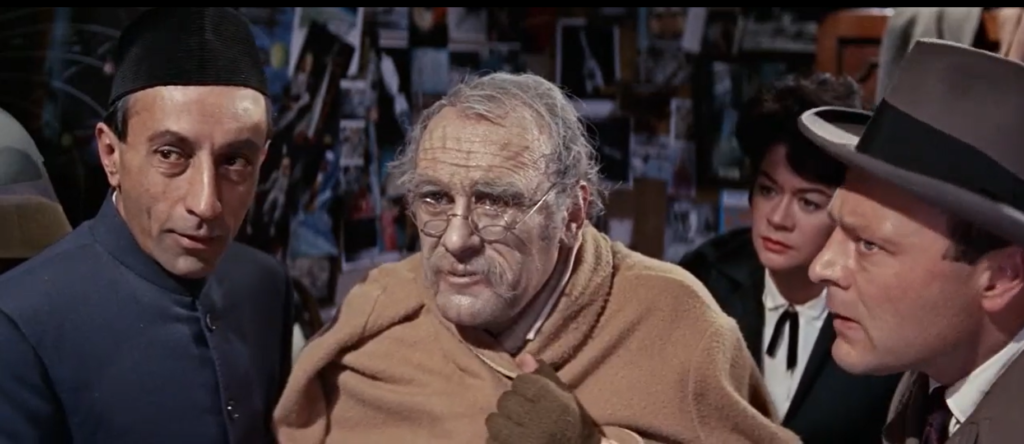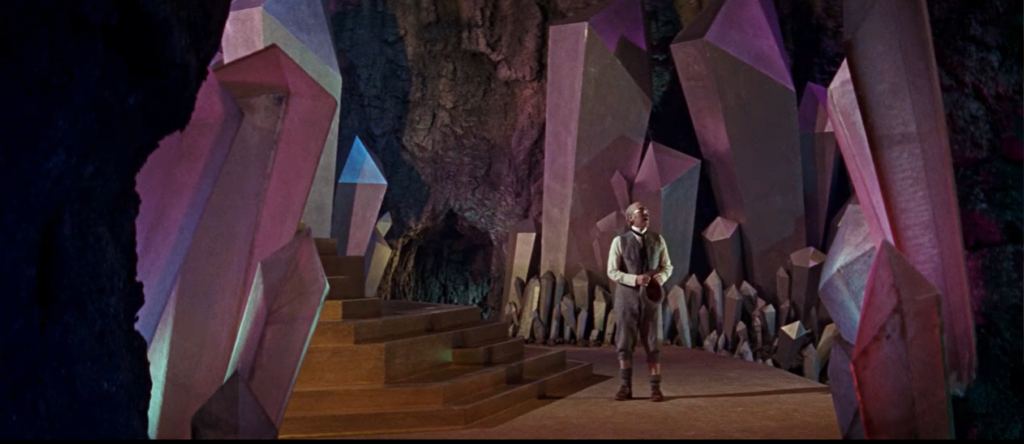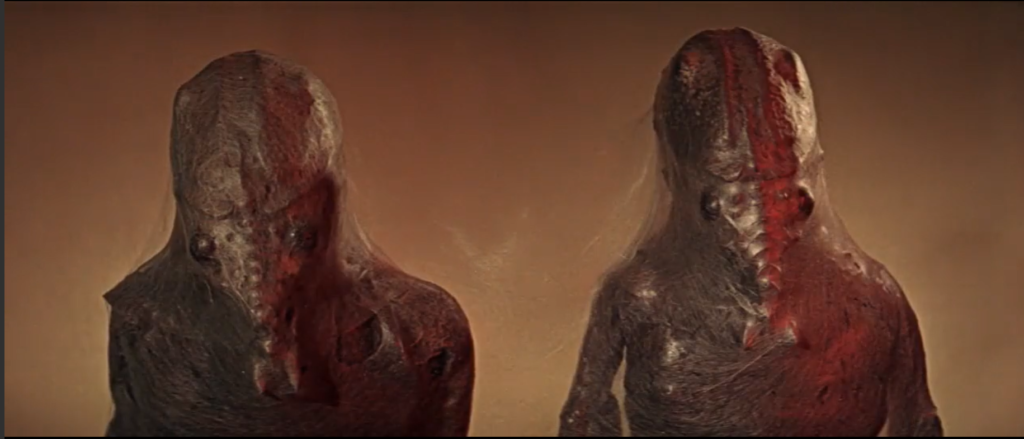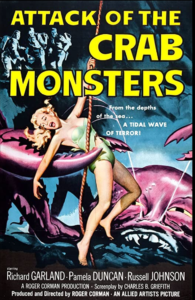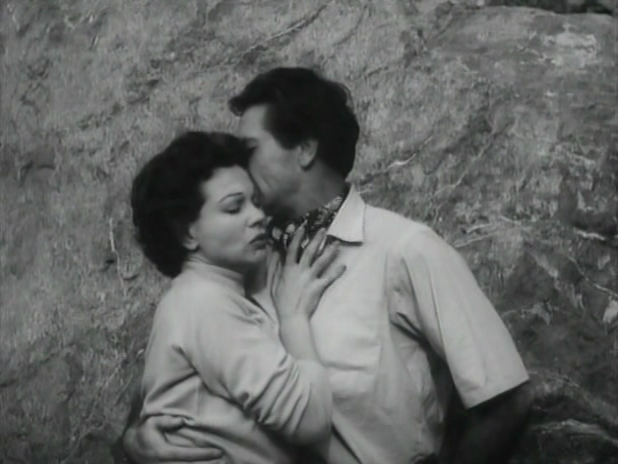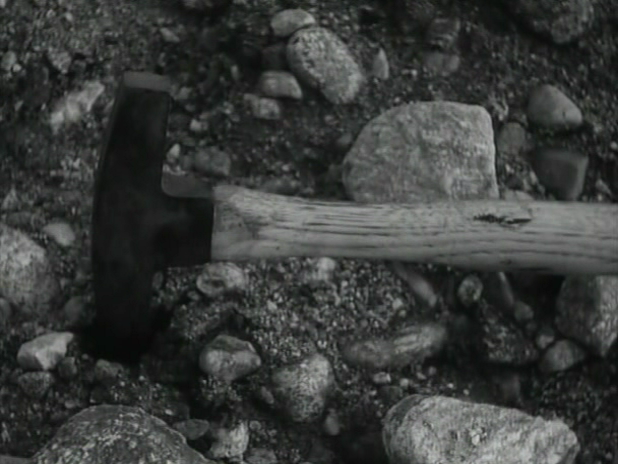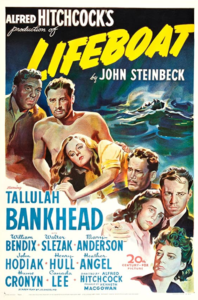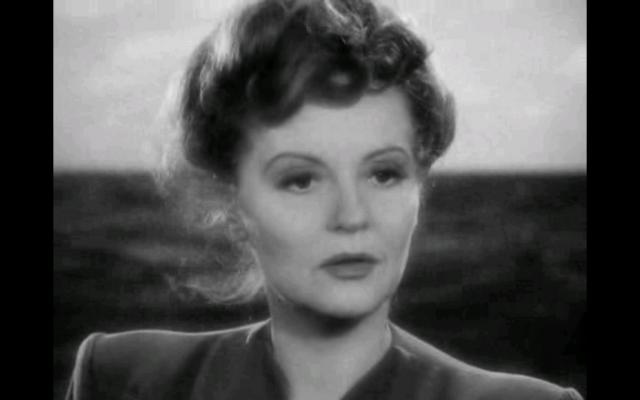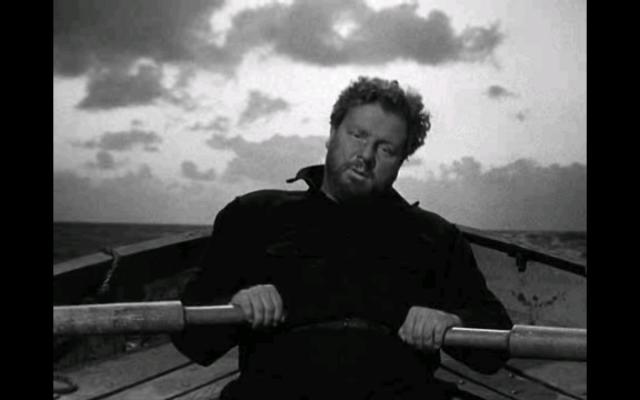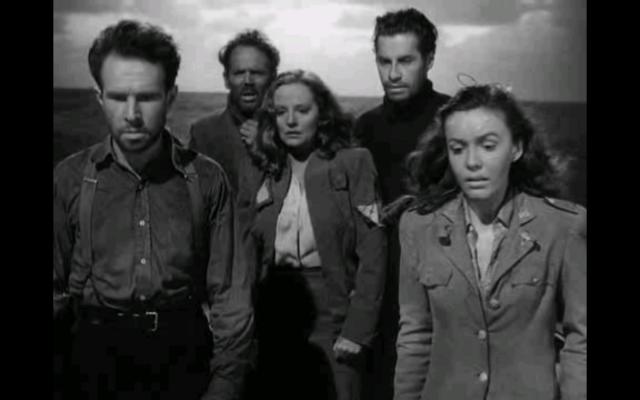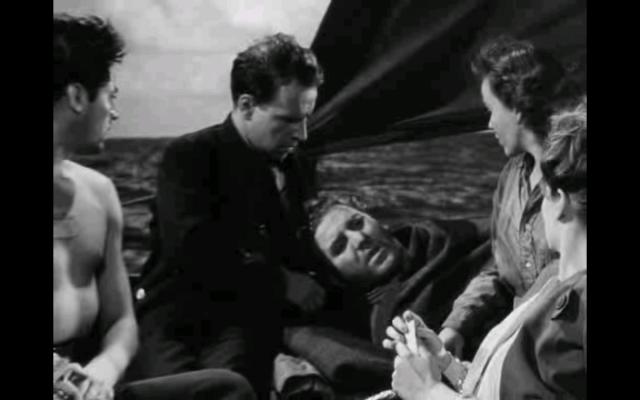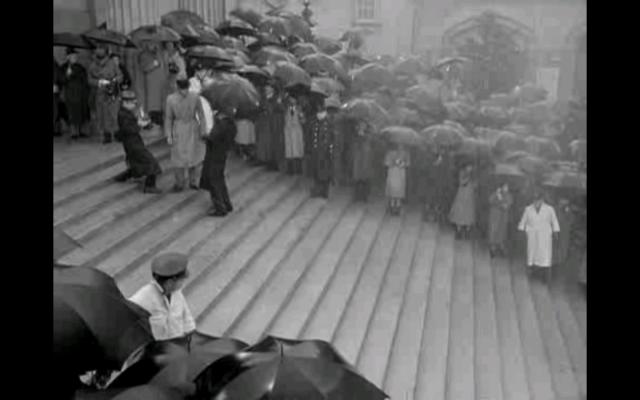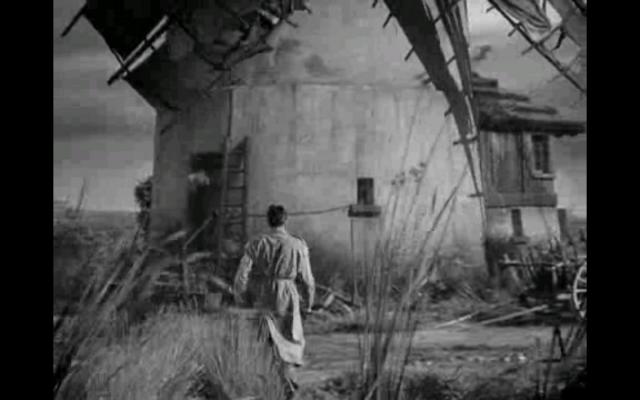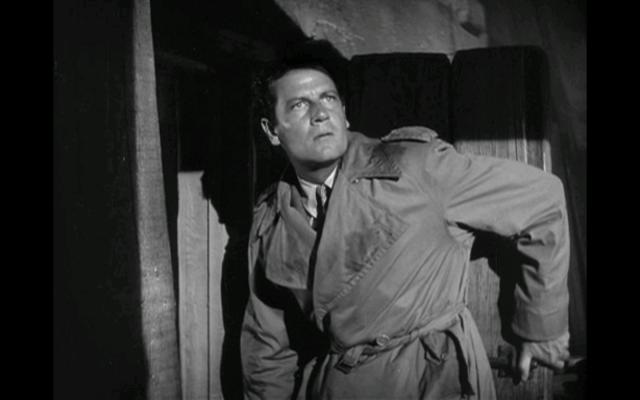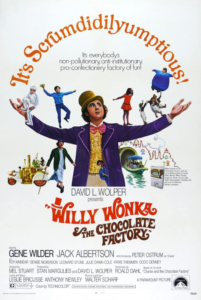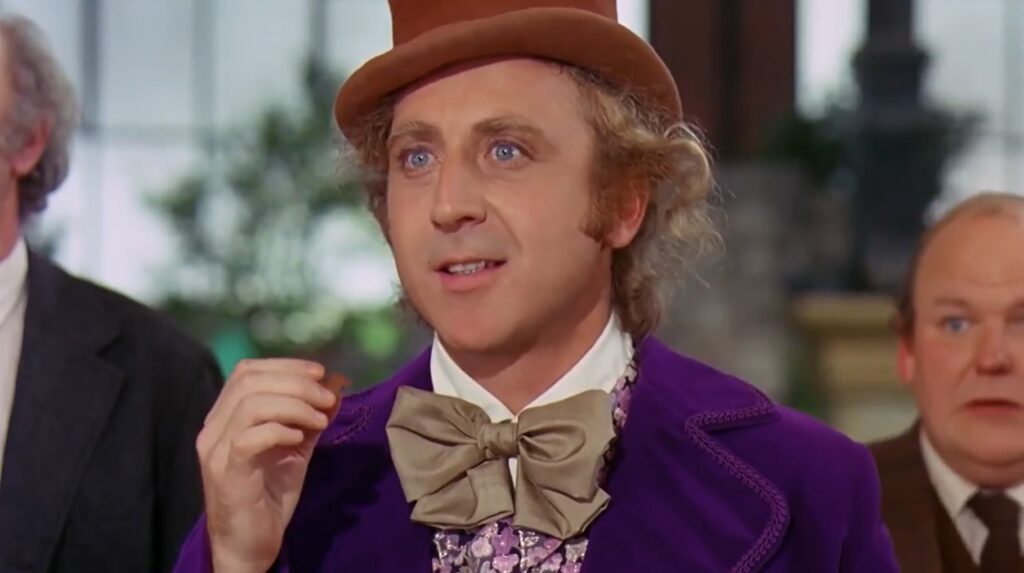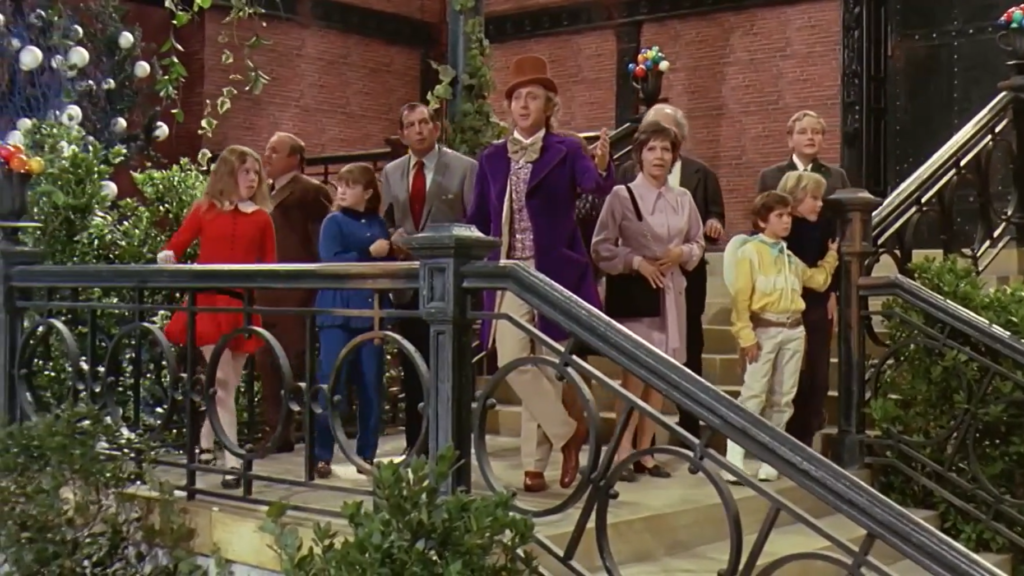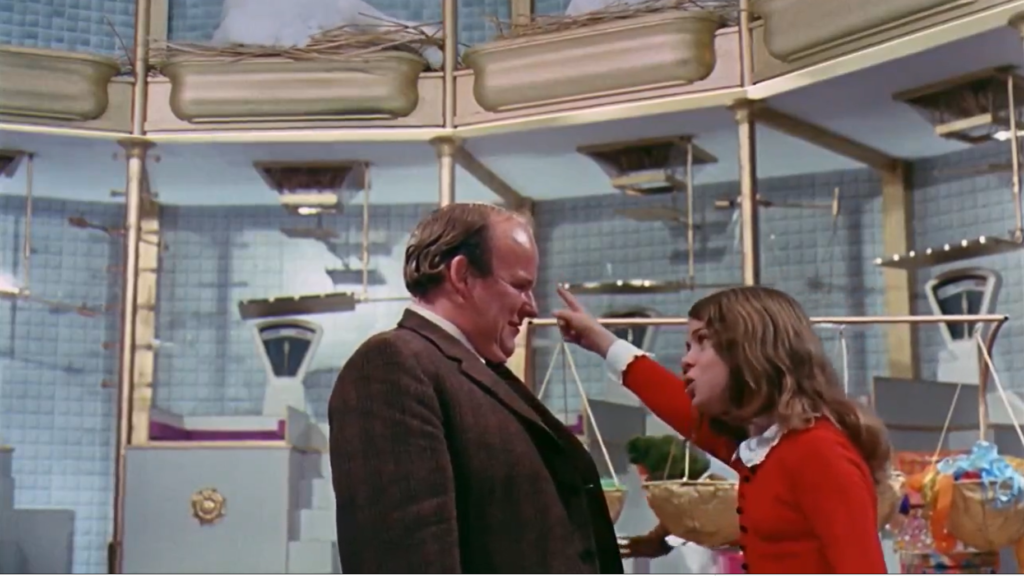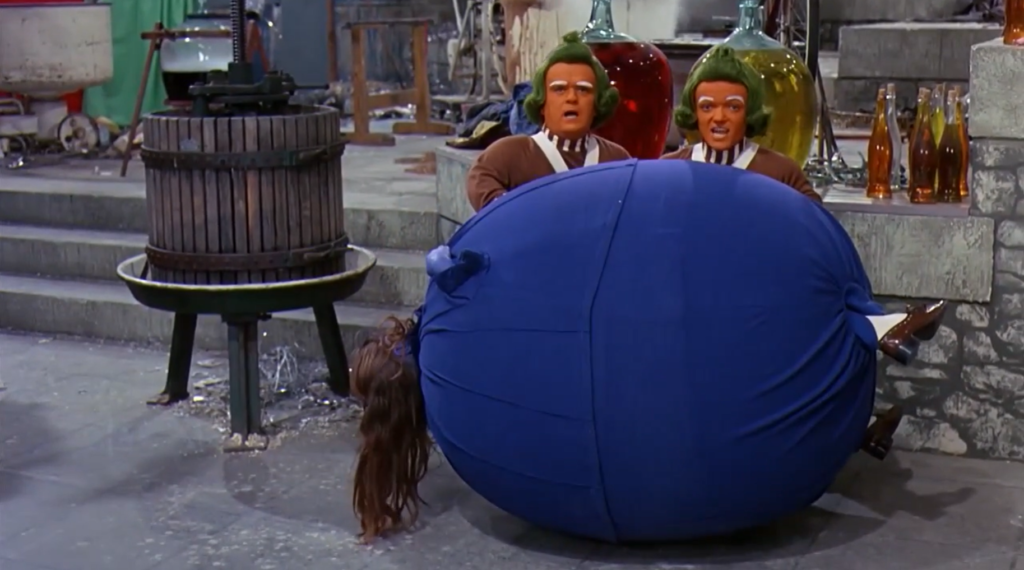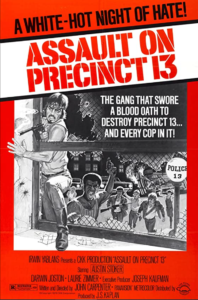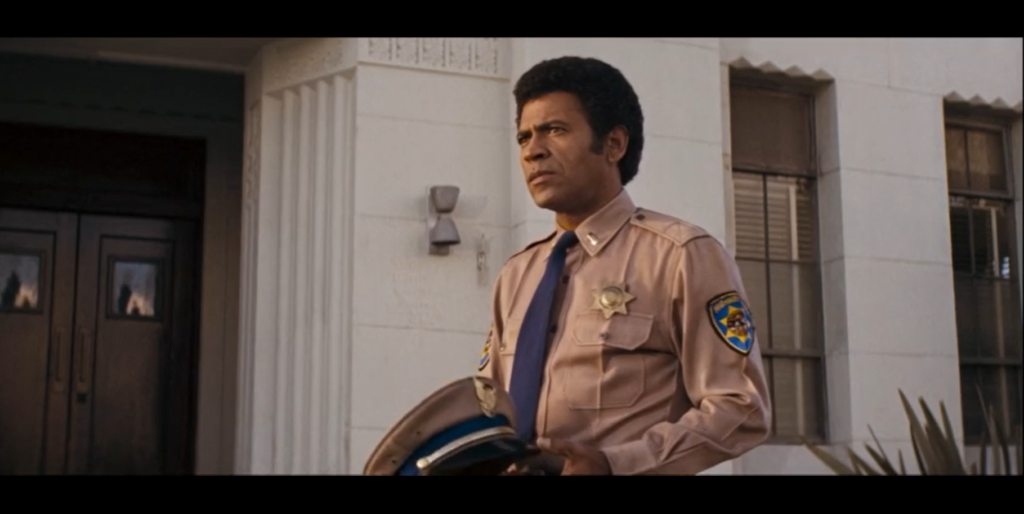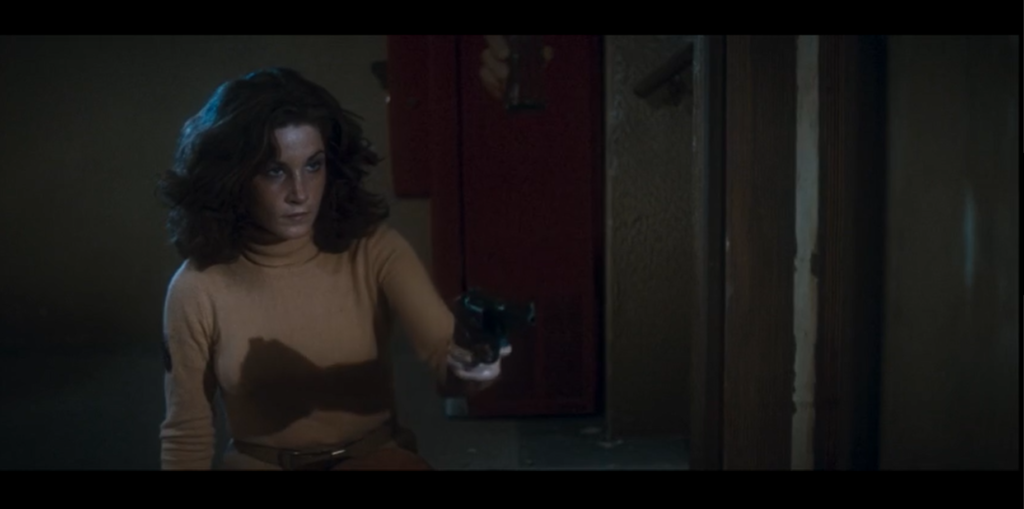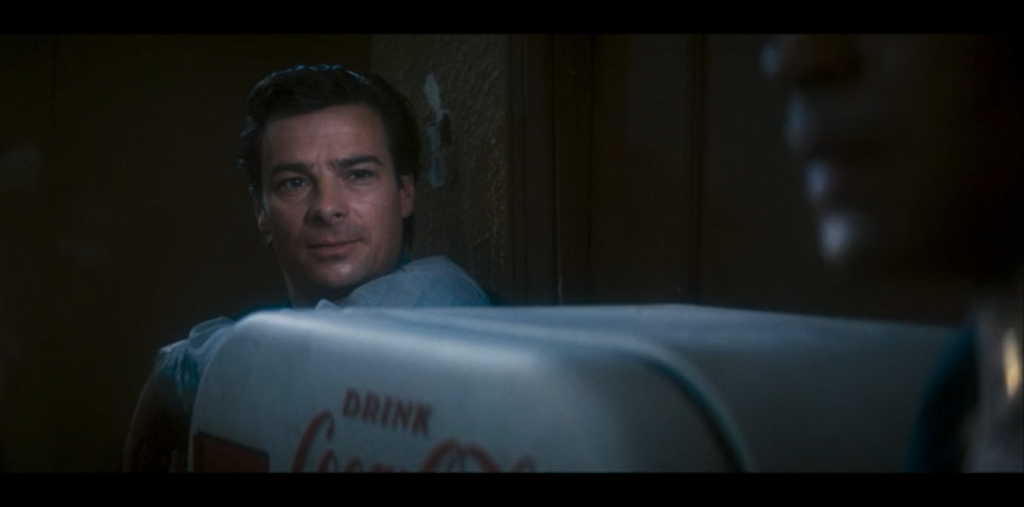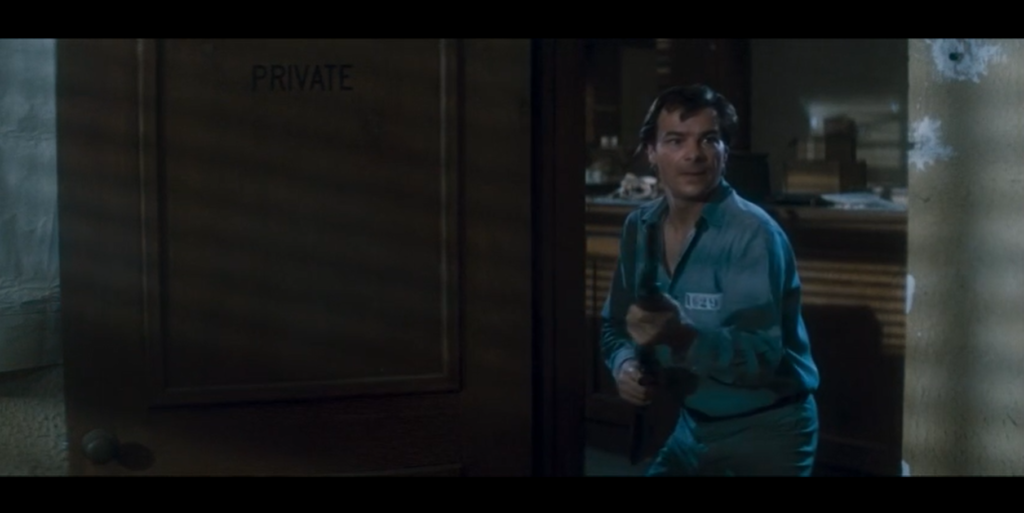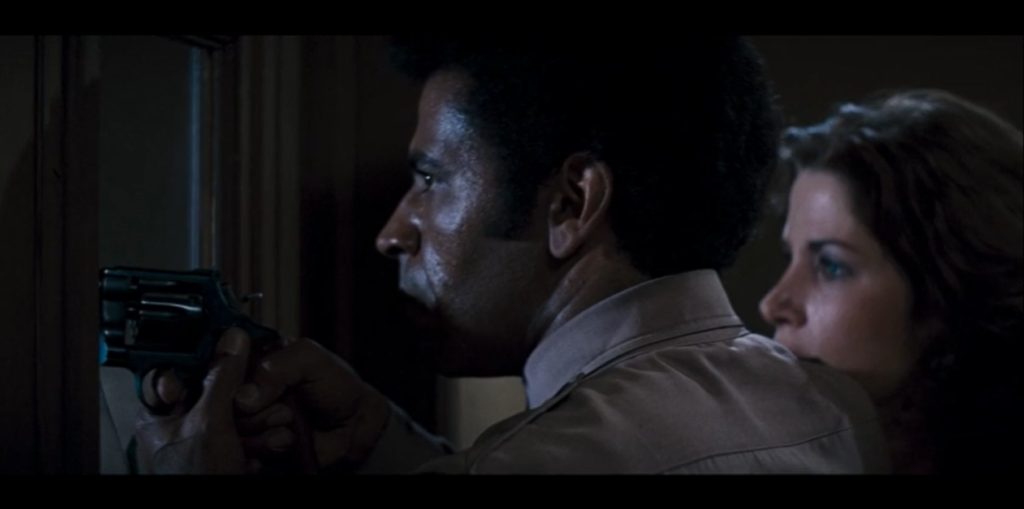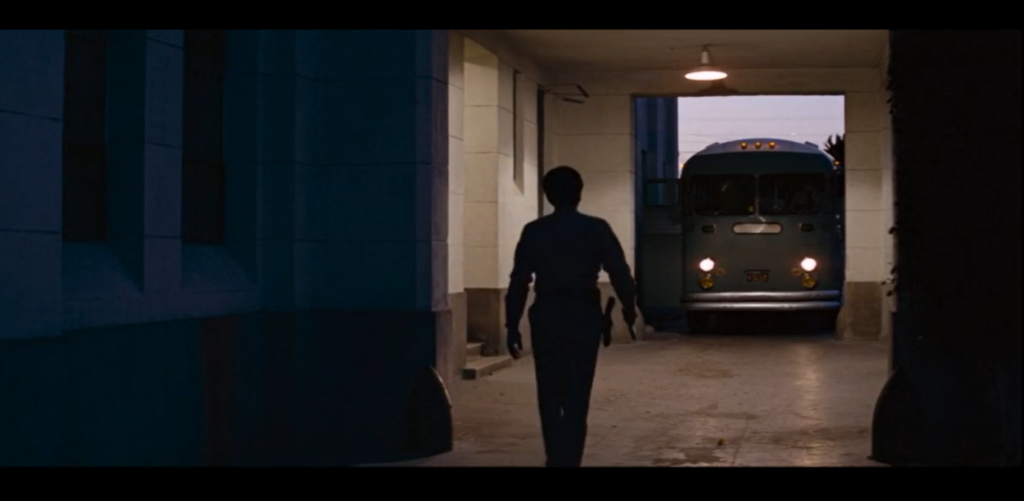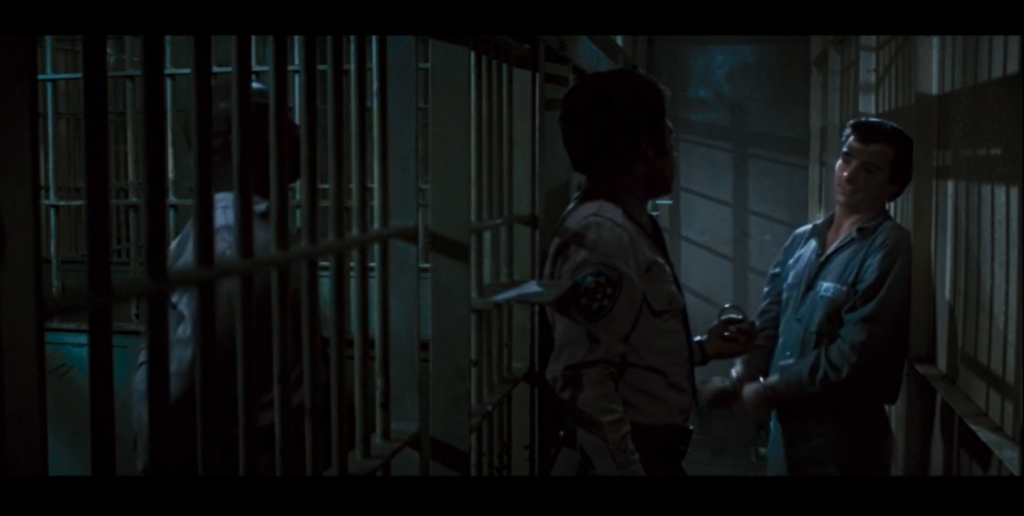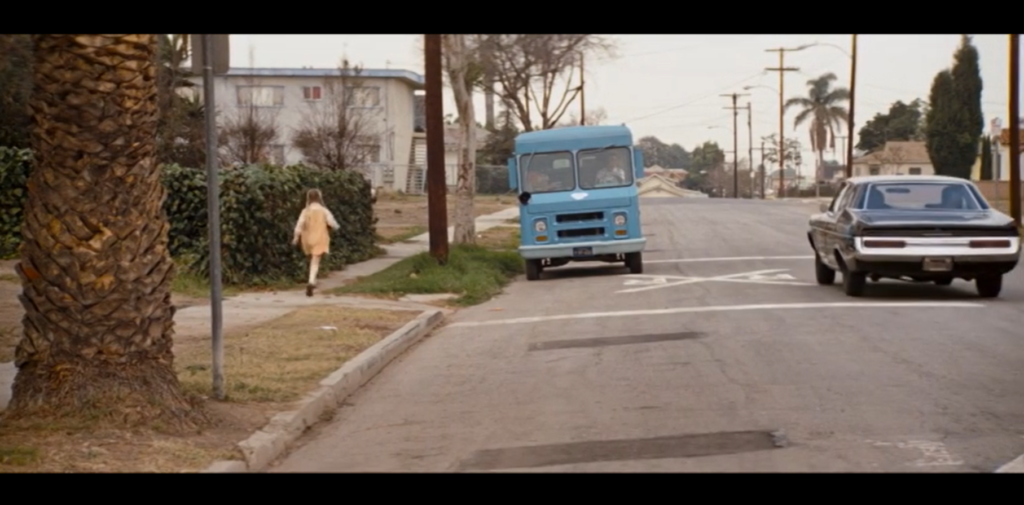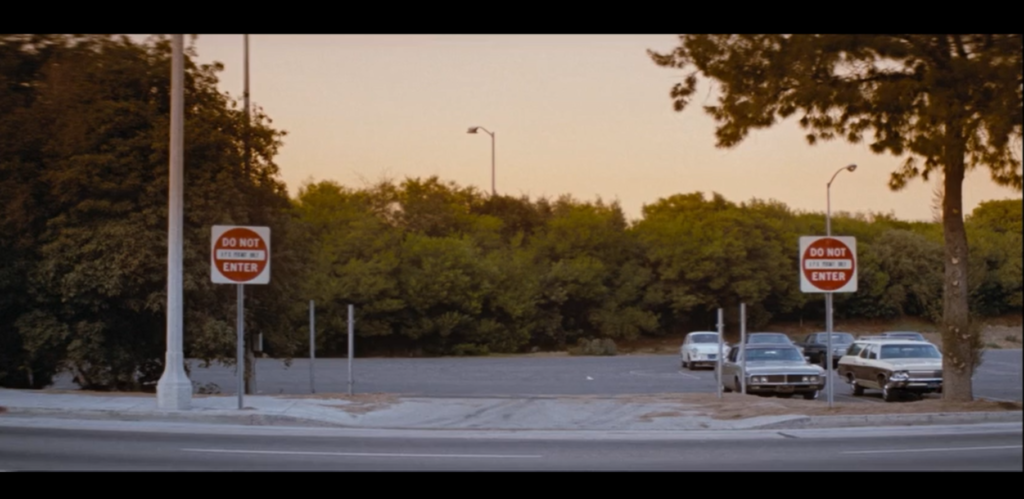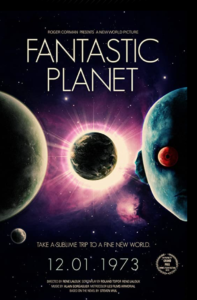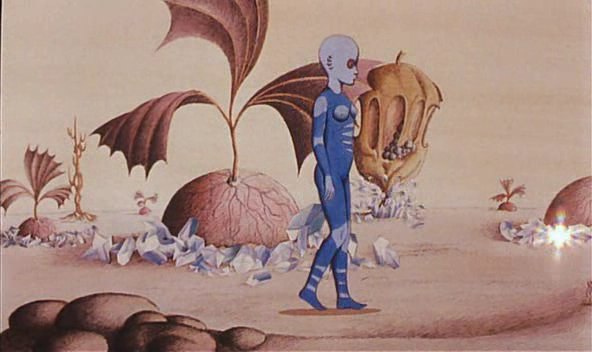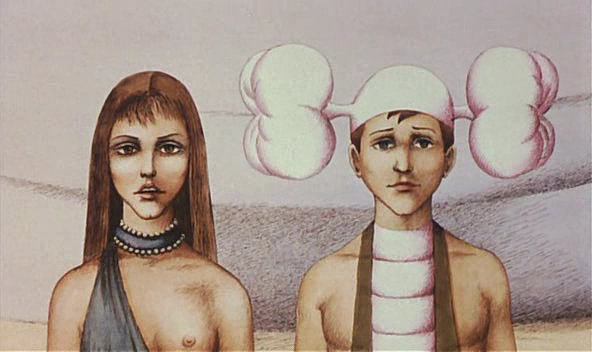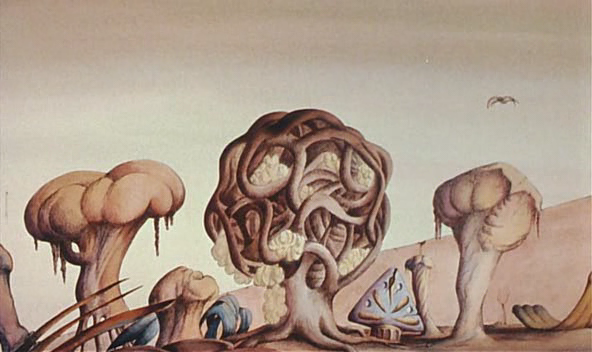|
Genres:
- Beau Bridges Films
- Biopics
- Disabilities
- Flashback Films
- Romance
Review:
This flashback biopic about real-life skier Jill Kinmont’s tragic, paralyzing accident — and her subsequent romance with a fellow skier (Beau Bridges) who refuses to let her feel sorry for herself — is essentially a glorified disease-of-the-week TV movie, featuring slightly higher quality performances and made with a bit more care. Fortunately, Hassett is an appealing lead (we can’t help rooting for her), and both her post-accident recovery and her tenuous relationship with Bridges (a reckless but oddly seductive daredevil):
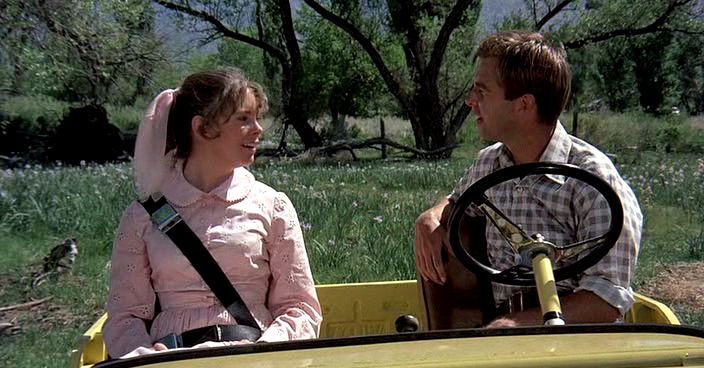
… are handled sensitively. Yet knowing Kinmont’s fate ahead of time dampens the lengthy, snow-filled exposition of the film, as teenage Hassett engages in run after run:

… and we’re kept cringing on the edge of our seats as we wonder which one will finally lead to The Accident. Plus, the surprisingly bleak ending is a bit of a downer, after how invested we’ve become in Kinmont’s post-accident happiness.
With all that said, the film provides an interesting sociological perspective on the lack of basic human rights afforded to disabled Americans before the American Civil Rights Act of 1964; we learn that because of being in a wheelchair, Kinmont wasn’t able to secure a job as a teacher in the majority of schools across the country, and had to fight to find a school that would accept her before she could be granted a teaching license. Given that she went on to become a well-known educator in her hometown of Bishop, California (with a school named after her), this remains a fascinating bit of educational history.
Watch for fine supporting performances by Nan Martin and William Bryant as Kinmont’s concerned parents:
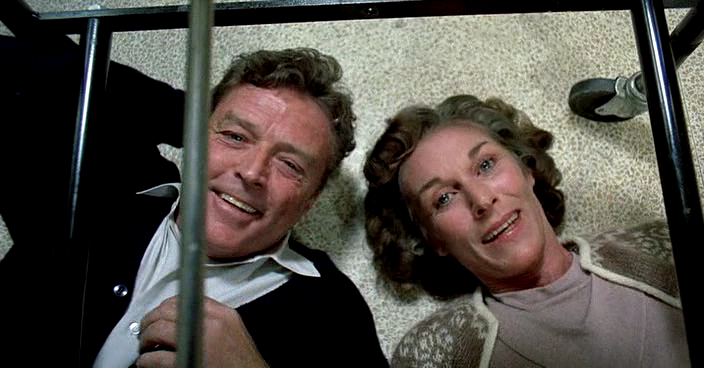
… and Dabney Coleman (!) as her skiing coach.
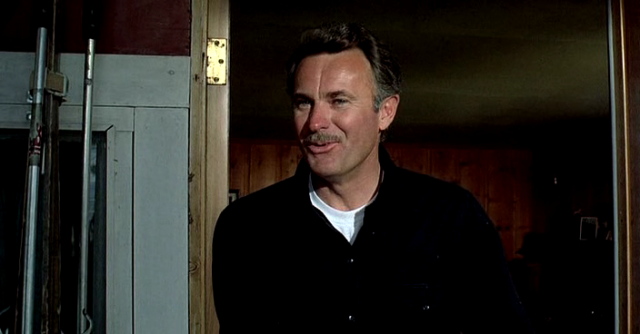
Note: I haven’t see the follow-up film (the not-very-creatively named OSOTM, Part 2), but apparently it continues where this one leaves off, starring Hassett and several of her co-stars once again.
Redeeming Qualities and Moments:
- Marilyn Hassett as Jill
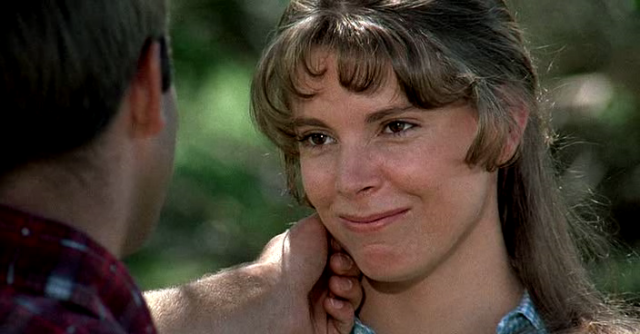
- Jill’s struggle to regain the use of her limbs

Must See?
No, but it’s worth a look if you’re in the mood for this kind of soaper. Listed as a Personal Recommendation in the back of Peary’s book.
Links:
|
